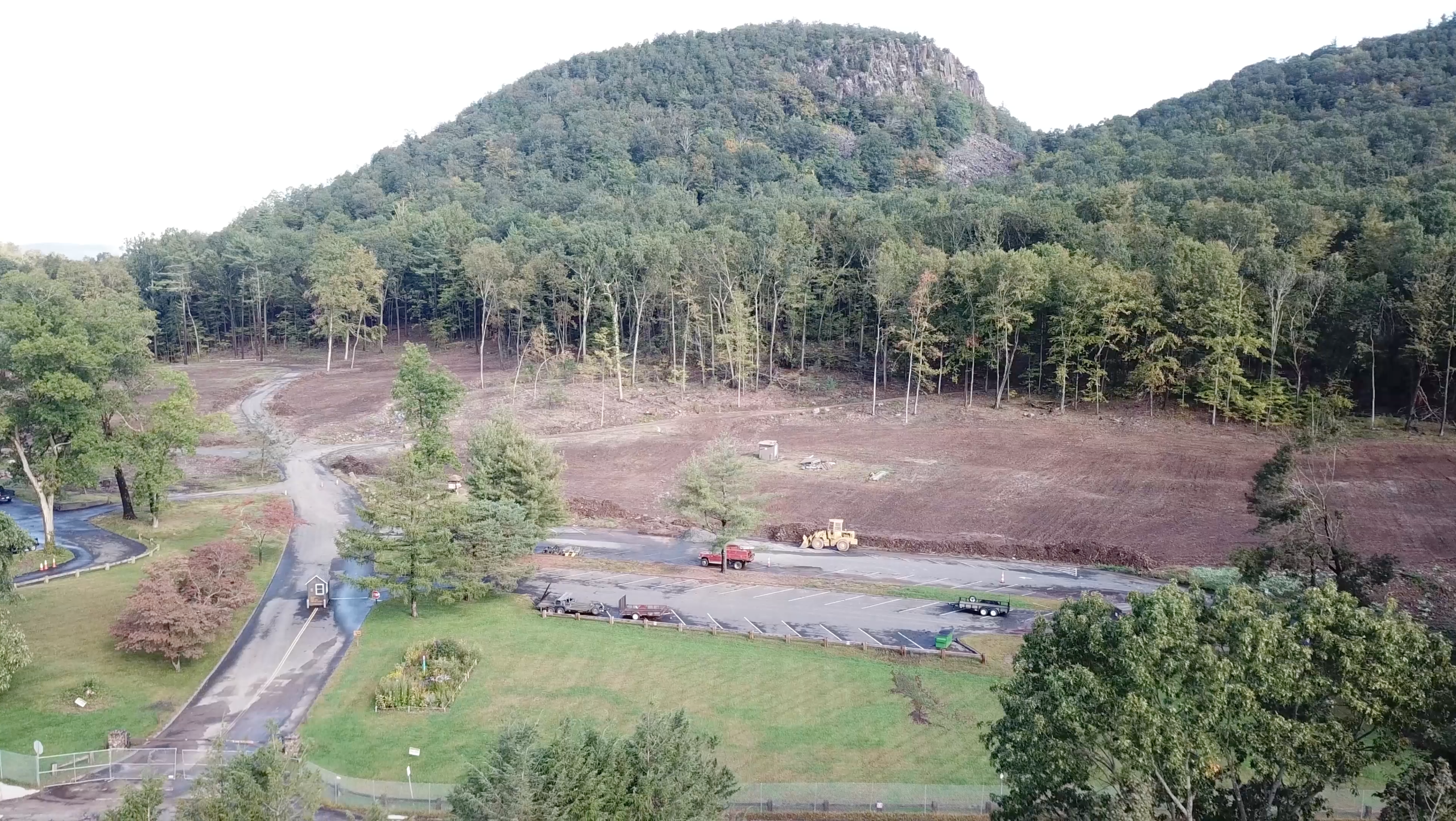Connecticut's year of the tornado
The May 15 storms rivaled the damage caused by Superstorm Sandy
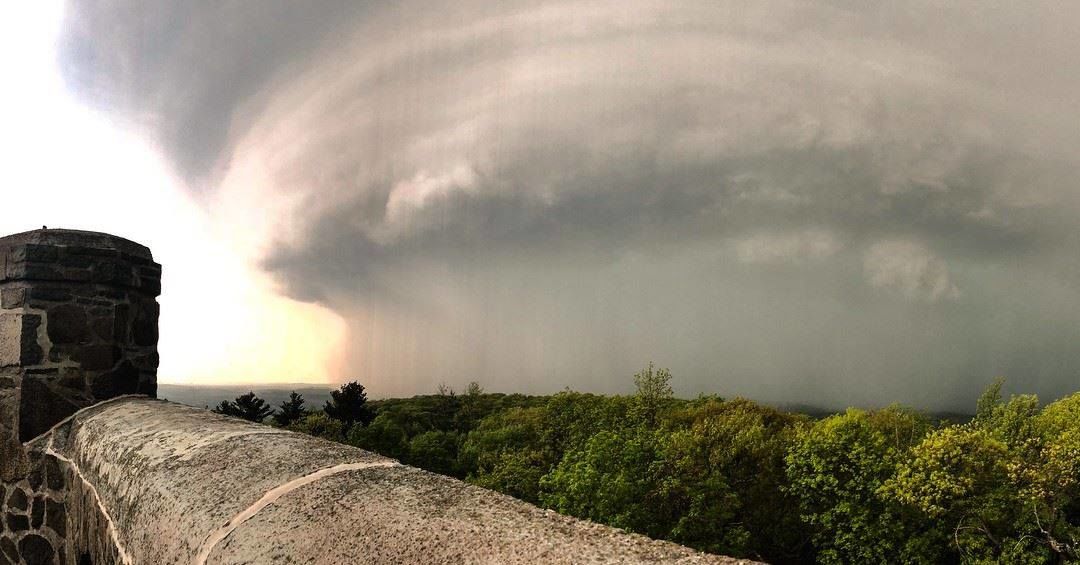
The four tornadoes and macroburst that tore through Connecticut in May left parts of the state with the difficult task of recovering from the damage – and towns like Hamden are still cleaning up.
The cleanup for some places has been more extensive than others, because the destructive, yet unexpected May storms moved across a small area of the state, but were more severe than Superstorm Sandy by some measures.

Photo Courtesy of Hailey Wilson
Photo Courtesy of Hailey Wilson
For example, the May 15 storms downed more power lines than Superstorm Sandy in 2012, with 309 miles of power line being repaired according to Eversource.
“It looked like a movie when it was happening,” Eversource spokesperson Mitch Gross said of the storm. Gross described how he watched the storm forming from his office, and how the darkness and storm clouds seemed to roll through the state.
“The night it happened we went to work. We brought people and equipment into place and we started rolling as fast as we could when it was safe to do so.”
The storm led to two fatalities, one in Danbury’s Candlewood Lake section, where a tree fell on a truck where a man was taking refuge.
Gross saw the storm’s effect first hand.
“I went out to Candlewood Lake and I went out there and saw some of the damage,” Gross said. “It was amazing, absolutely amazing.”
While Superstorm Sandy led to 850,000 Eversource customers having their power restored, compared to the tornados and macroburst’s 194,000, the damage was concentrated to a smaller area of the state.
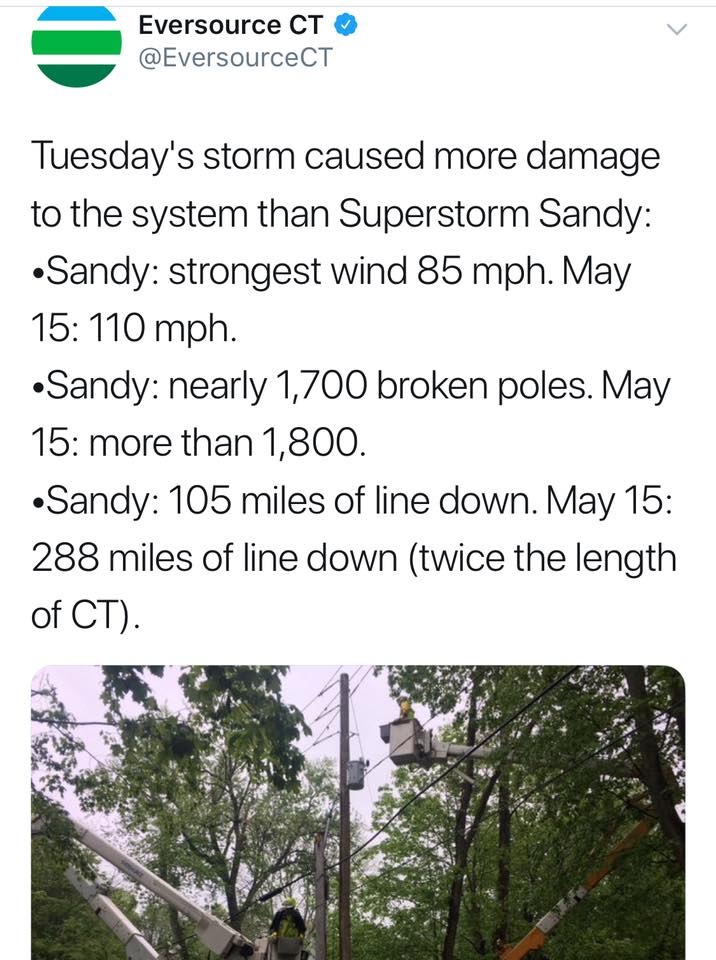
Screenshot courtesy of Jason Chiappa
Screenshot courtesy of Jason Chiappa
“There are 169 towns in Connecticut, we service 149 of them,” Gross said. “When [Superstorm Sandy] hit that impacted every town in the state. As for the tornadoes and macroburst, it was a limited area. It was a line from New Fairfield and Brookfield east over to the Naugatuck Valley. It was very limited in terms of geography, but very intense damage in that area.”
Unlike Sandy, preparing for the May 15 storms wasn’t as predictable. While the forecast called for storms, it wasn’t until that day that tornado warnings were issued.
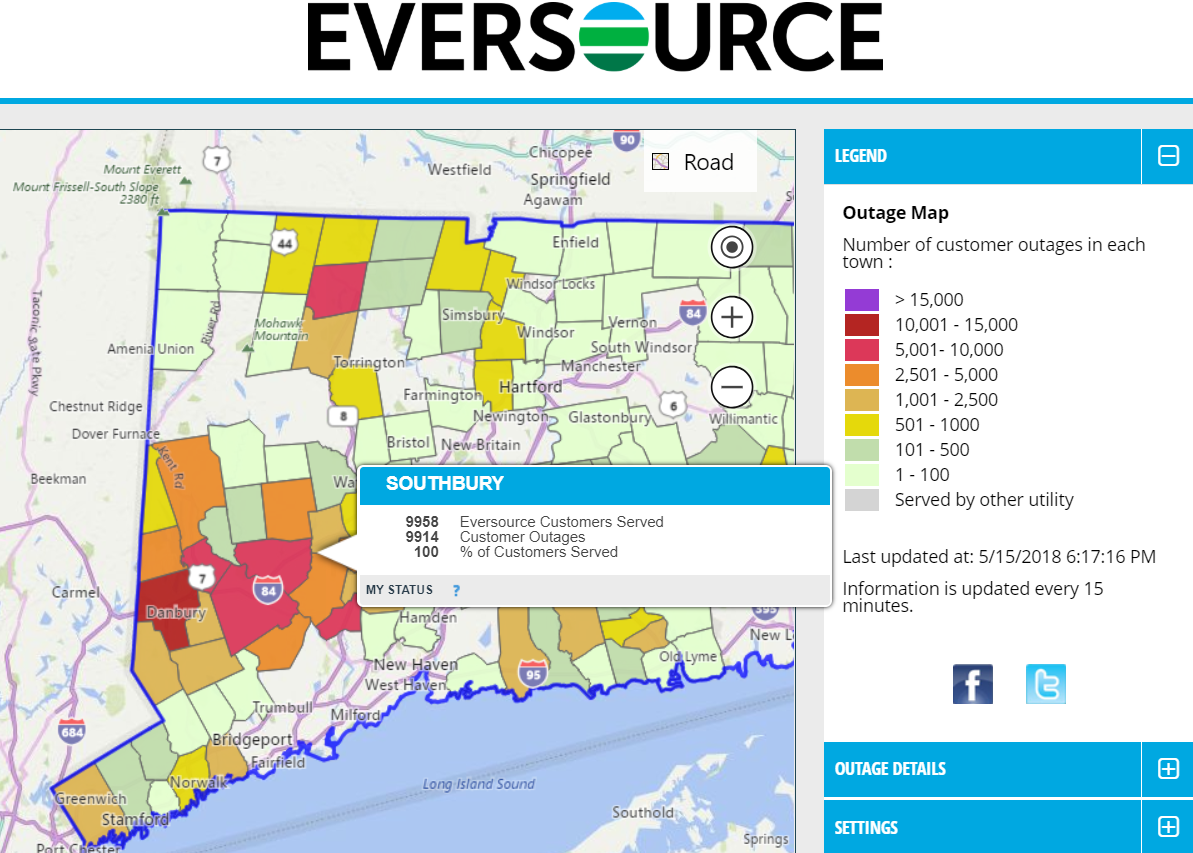
Power outages reported following the May 15 storms (Courtesy of Jason Chiappa).
Power outages reported following the May 15 storms (Courtesy of Jason Chiappa).
“All storms are different,” Gross said. “We always watch the forecasts, we are always watching the weather. It’s a matter of moving people and equipment into position ahead of time. There are times where you can’t. You have to be more reactive than proactive.”
Three of the tornadoes earned the second lowest rating on the Enhanced Fujita scale, an EF-1, which categorizes storms between 86 and 110 miles per hour as EF-1. The EF scale rates storms based on three-second wind gusts.
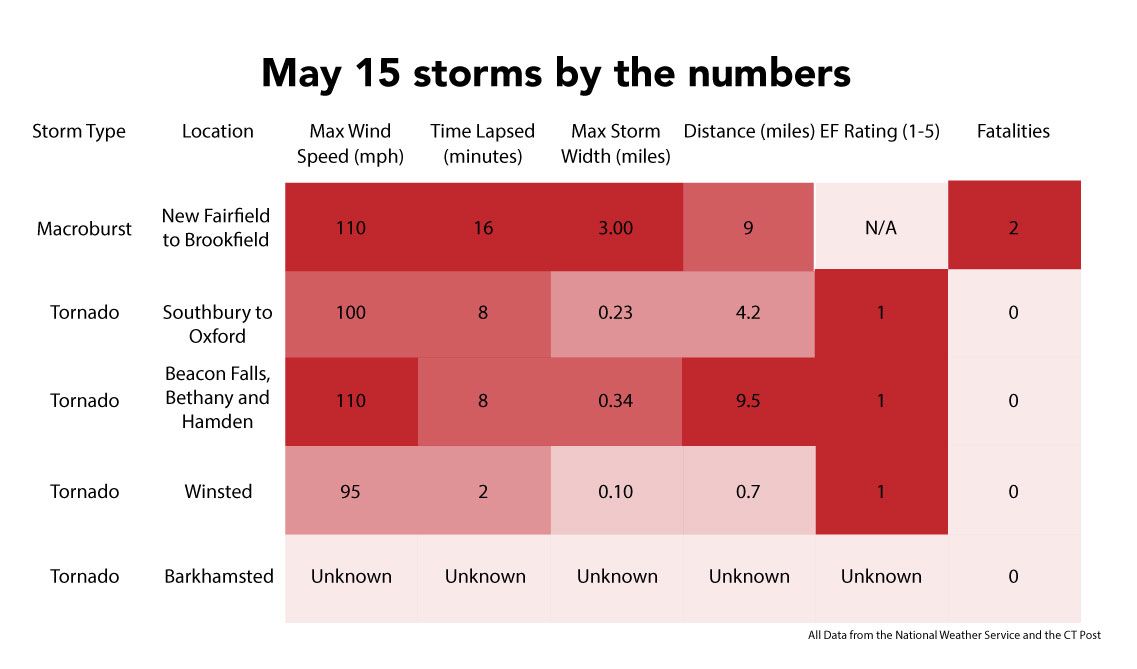
To have to be prepared for multiple EF-1 tornadoes with winds up over 100 mph is not common.
“The [original] forecast didn’t say tornadoes coming, macrobursts coming,” Gross said. “It said storms coming.”
The Beacon Falls, Bethany and Hamden tornado reached the highest wind gust of 110 miles per hour along with the New Fairfield to Brookfield macroburst.
However, the macroburst was twice as long (16 minutes) than any of the storms.
The macroburst, which traveled nine miles, also led to two fatalities, the only one of the storms with confirmed deaths.
As for the Hamden tornado, it traveled the furthest, (9.5 miles) but ended up as a microburst according to WTNH Meteorologist Sam Kantrow.
“A microburst has winds that are moving in a straight line while a tornado sort of has those winds whipping around in a circle,” Kantrow said. “Where we saw damage around Sleeping Giant, most of the trees were snapped off at the top and all the trees were bent over in the same direction. That is indicative of a microburst in that the winds were estimated to be around 110 miles per hour.”
However, Kantrow added that the storm “definitely was a tornado when it entered Hamden.”
While a macroburst has winds that move upward, causing trees to break from the top according to Kantrow, a tornado’s winds will whip around in a circle.
The Southbury to Oxford tornado covered much less ground than the Hamden or North Fairfield storms, but it still lapsed for eight minutes from 4:53 p.m. to 5:01 p.m. directly preceding the Hamden storm (5:01 p.m. to 5:09 p.m.).
As for the repair efforts, the wind speed was an obstacle for Eversource.
“There are times during storms when we can safely get out there and begin checking out areas and begin repairs,” Gross said. “We have to watch for things like high winds. If winds get up [over 35 to 40 miles per hour] we can’t raise the buckets on our bucket trucks, it’s unsafe to do so. So we have to wait it out.”
Eversource estimated the May 15 storms caused about 430 blocked roads and around 3,500 came down and were cleared following the storms.
“We had instances where you could not access neighborhoods because of tree damage,” Gross said. “We had to get in there with heavy equipment with the help of the towns.”
However, Gross believed that cleanup went well in terms of restoring customers to power.
“It took a few days to clean up, but overall it was relatively quick,” Gross said. “Unless you live in Brookfield of New Fairfield where it was a little bit longer.”
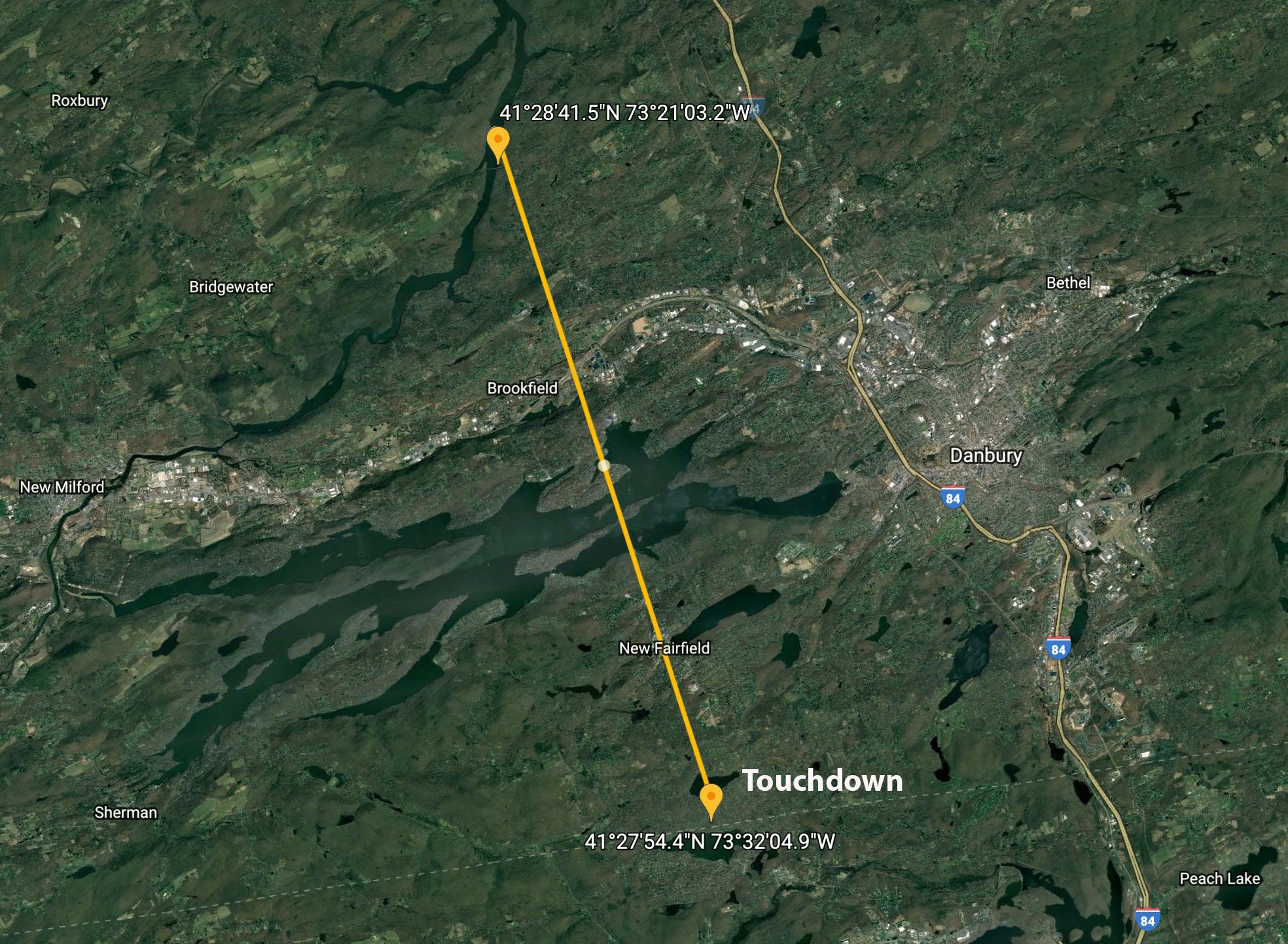
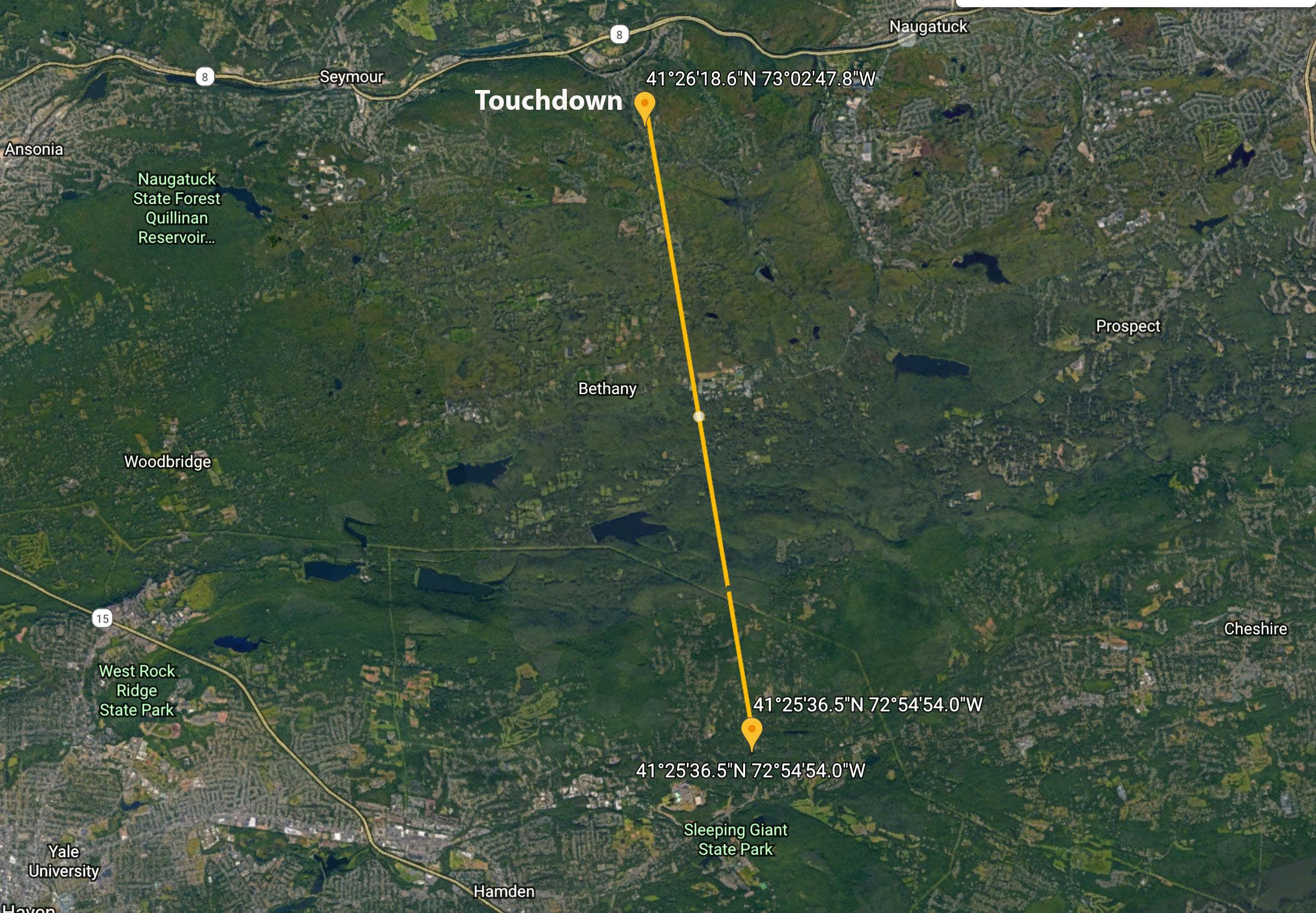
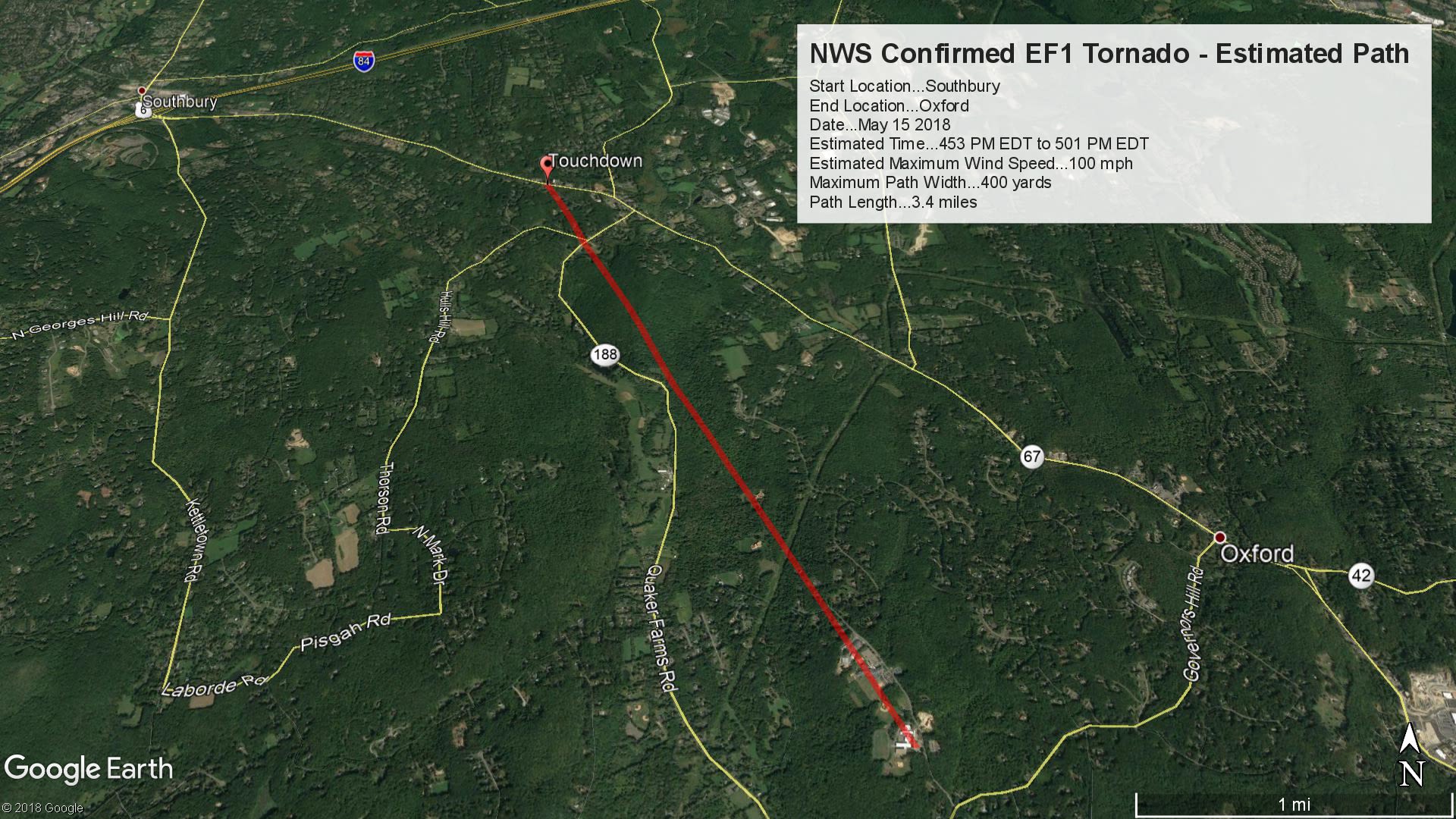
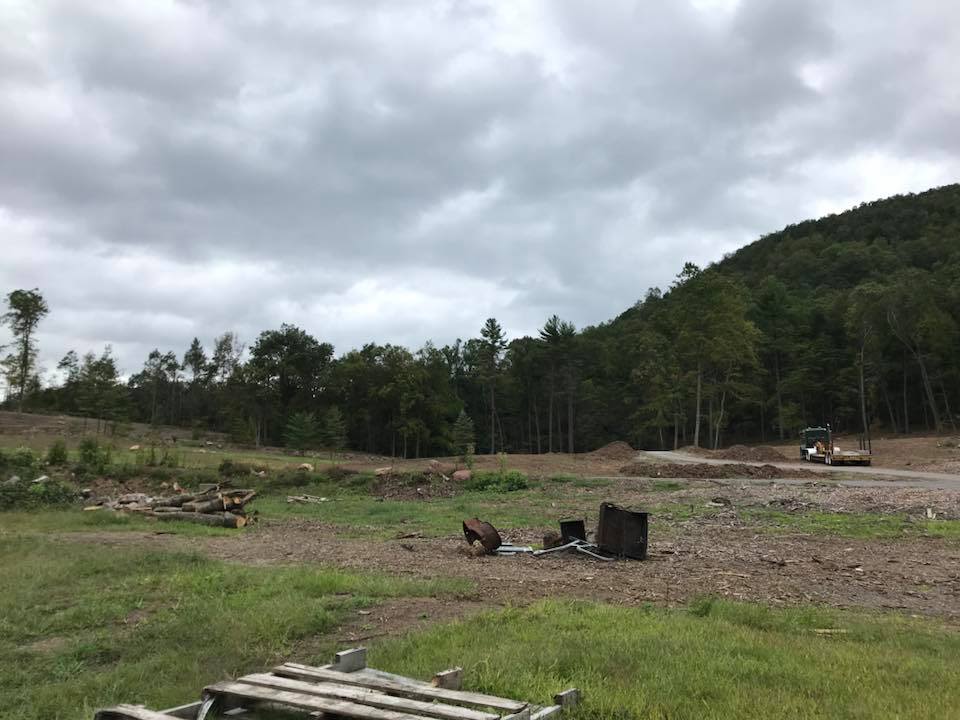
Sleeping Giant State Park during the cleanup process
Sleeping Giant State Park during the cleanup process
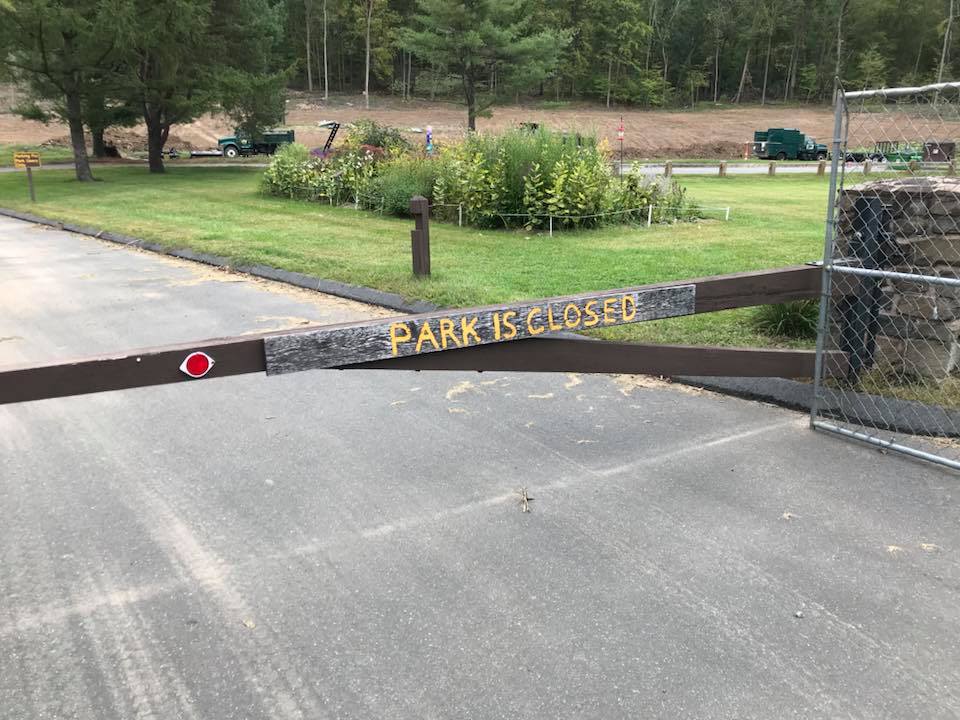
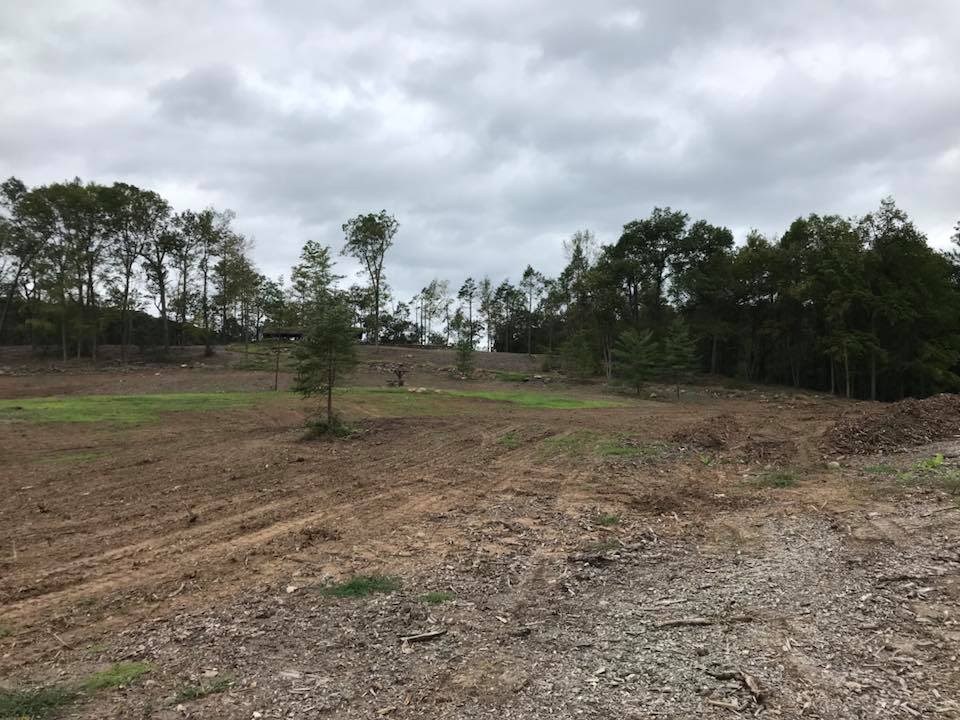
Despite the fact that Connecticut averages just 1.3 tornadoes per year, two more hit the state on Oct. 2.
The first struck Norwalk and New Canaan, while the second evolved from thunderstorms in Northern Connecticut, producing an EF-0 tornado in Mansfield Center.
That brought the tornado count up to eight for Connecticut in 2018.
As for Hamden, the cleanup is still in progress at Sleeping Giant State Park.
“The damage that everyone saw [at Sleeping Giant] was when the tornado was undergoing sort of a change in going from being a tornado to actually being a microburst,” Kantrow said.
Hamden will receive some relief from the Federal Emergency Management Agency (FEMA) as it looks to restore one of its main attractions and re-open it to the public.
“Major storm debris still being cleaned up from the Tornado of 2018,” Hamden Mayor Curt Leng said in a Facebook post. “Major damage and major expense.
“Thankfully our Town and Region will receive FEMA grant reimbursement for 75% of eligible expenses,” Leng wrote in the post. “The Town will have spent nearly $3,000,000 on storm clean up activities before we’re finished.”
Hamden’s last tornado came 29 years ago in 1989, making May 15 a day to remember for both the town and the state of Connecticut as a whole.
“It was one of the worst days in Connecticut weather history for the amount of storms that we had,” Kantrow said.
Sleeping Giant State Park is still undergoing restoration over five months after the storm.
